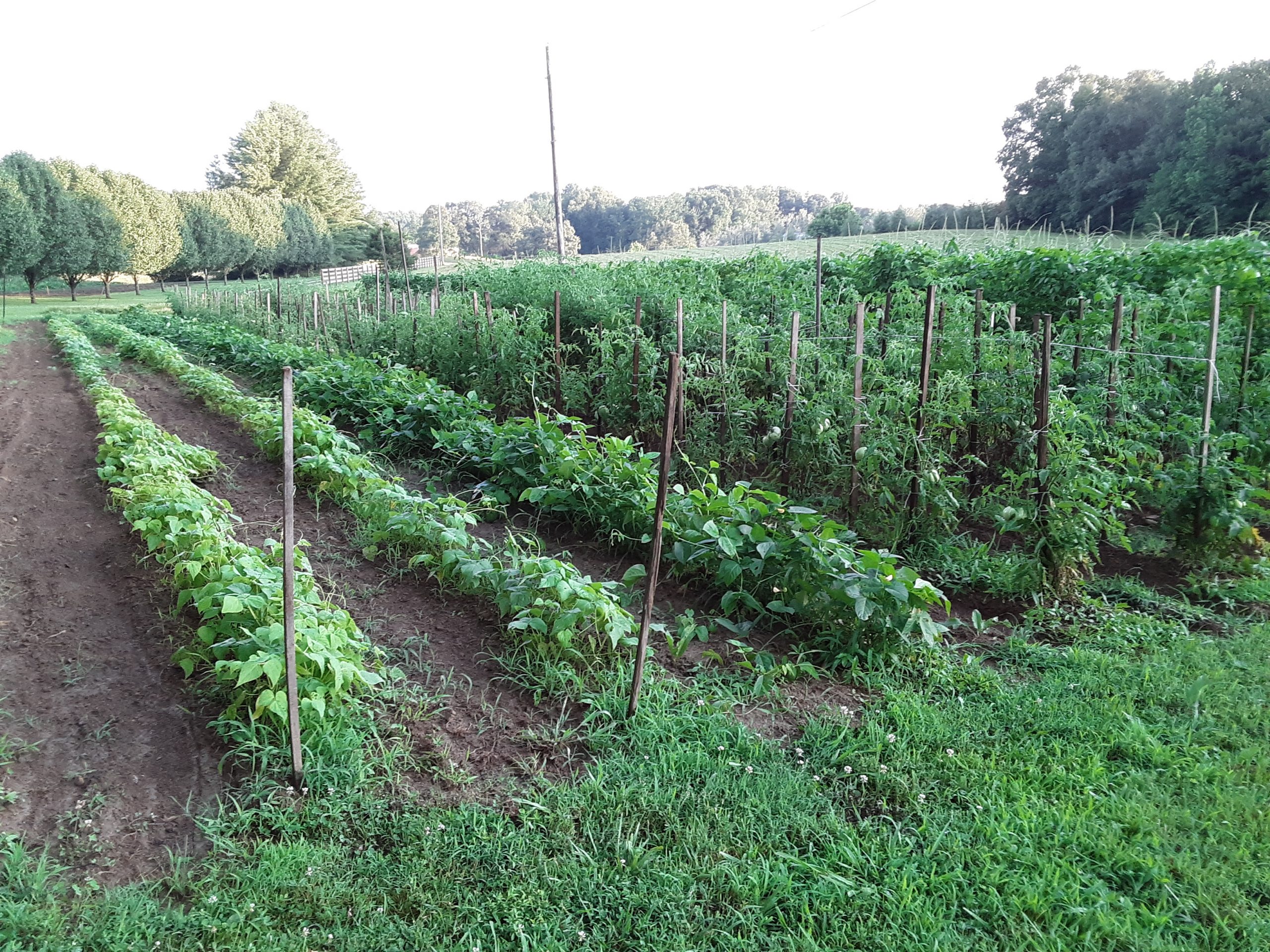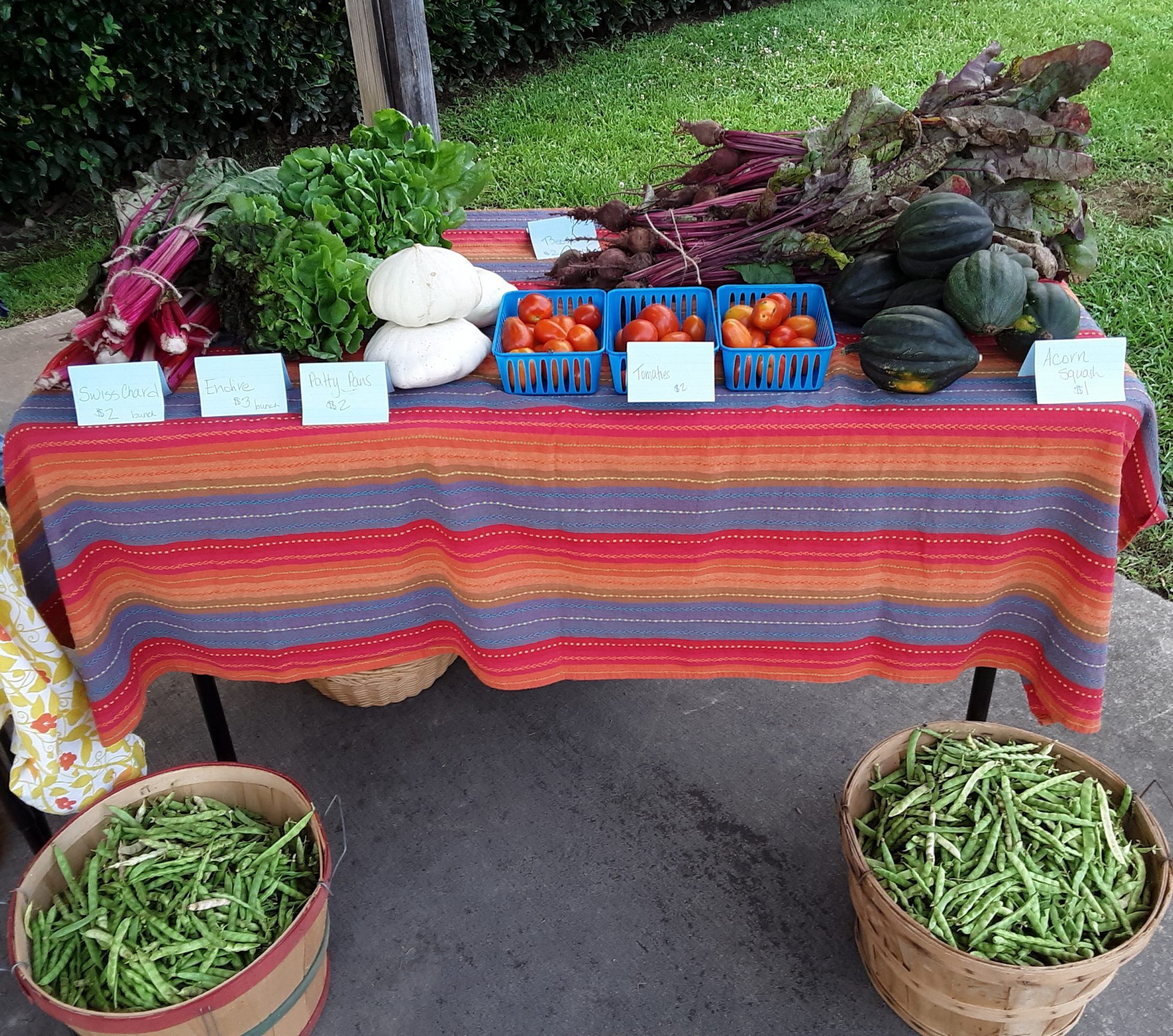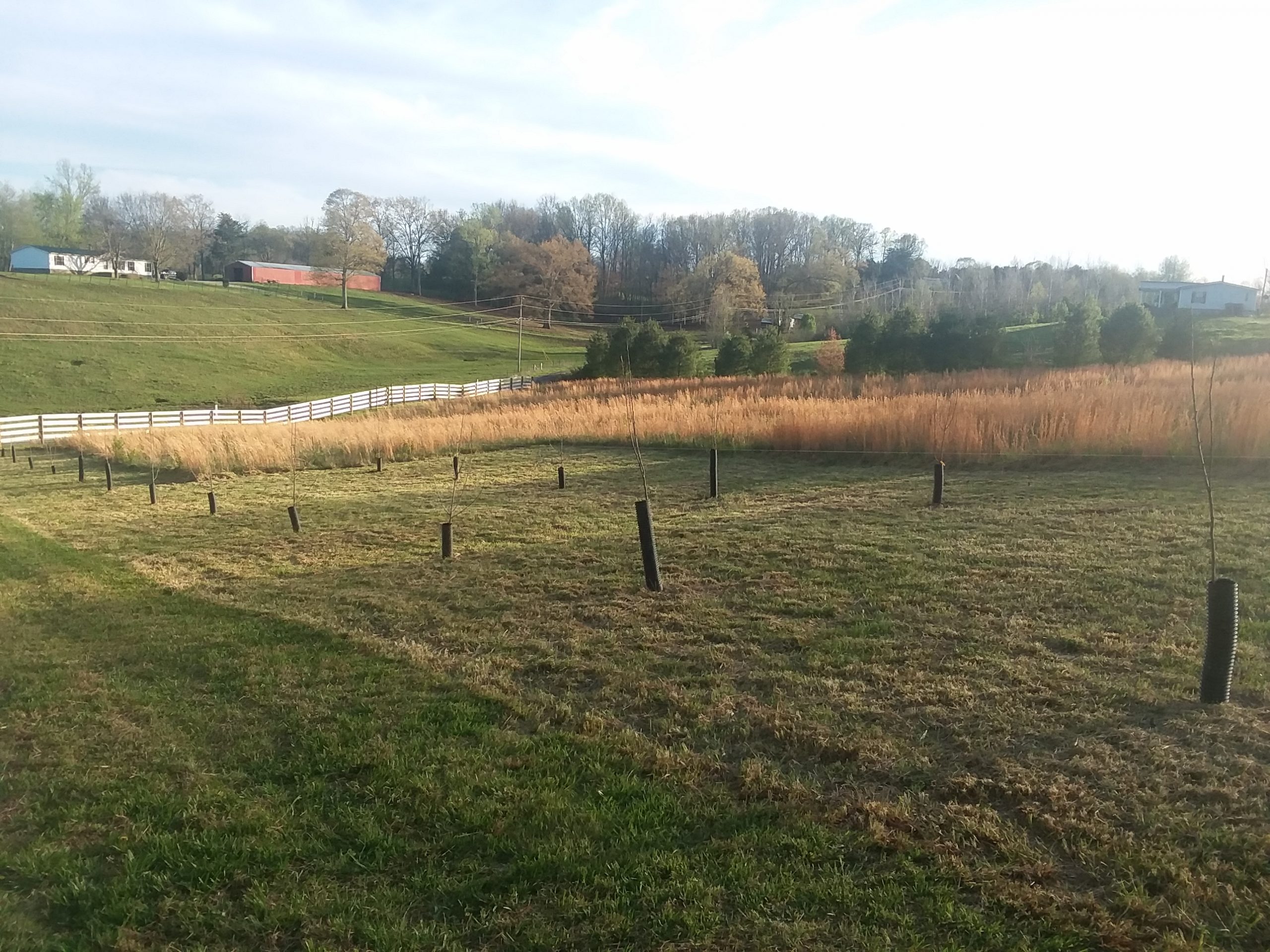Growing Fresh Produce
Growing produce, for us, is a year around process. We aren’t planting or growing for twelve months but we are continously brainstorming, planning, and organizing. Plants are started in February and March. Planting is in May. The Market, hopefully will be extended to June throughout September. And then October until the next February will be spent reviewing the year and making decisions about the upcoming year. That’s also the rest period, which we need by then. It sounds like a lot but when you love something, it takes most of the labor out of it.
Review, Revise and Plan Ahead
All during the year, we collect information about our crops. The information includes the crop quality and yield. Enemy and pests that we faced throughout the growing season is documented. We evaluate the marketability and demand of different types of produce at the market. And I also like to take note if I set aside enough produce for our own use. Last year, I didn’t preserve enough for our household for a year. So a goal this year will be to make sure I lay aside enough for us. This information helps us to plan for the upcoming year. We use it to decide what we will plant more of, purple hull peas please and less of, tomatoes. It influences our garden design and overall schedule, as far as, purchasing, starting seeds, and then planting. The most fun part is deciding what new varieties we will plant. We have friends that grow something new each garden year. I took that to heart and try to do the same. It has paid off well! Purple hull peas grow well in our soil and I love them! I am so glad we tried them last year!
Buying
We try to keep some of our seeds from the previous years such as beans and peas. You can keep any seeds you want. Be mindful that some vegetables cross pollinate and the cross will show up in the following year’s plants. Even that, can be a fun experiment. The majority of our seeds we buy from a small place in Liberty, Kentucky called Martin’s. We have bought our seeds there for several years and have been happy with the product. Martin’s doesn’t have a website but they do have a Facebook. I usually call in February to have a catalog mailed. You can order over the phone and have your seeds mailed or pick the seeds up in person. We make our annual trek to Liberty usually in February or March depending on the weather and schedules.
Starting Seeds
After the seeds are all gathered, my sister, Lisa begins all our plants in her greenhouse. It really is amazing! She has raised thousands of plants in her small but highly capable greenhouse. I think it’s like a science lab trying to keep everything the right temperature and moistened. Lisa is the scientist constantly checking all these factors multiple times a day. She is always looking to improve her process. Lisa usually starts the majority of the seeds in March but after the great freeze this year, we are thinking that maybe next year, we might push that back a little.
Planting and Growing
My faithful plant by date has always been May 1. I love to hear people talk about their plant by dates. You think expiration dates are serious. Those dates don’t hold a candle to farmers’ plant dates. In 2019, I did plant the last day of April due to the weather and things turned out okay. This year, I planted on May 2 and as unexpectedly as possible, Middle Tennessee experienced a great freeze, not a frost but a freeze. Thus, influencing my position to maybe push my plant date even later to May 15 next year. We plant everything at the same time, some seeds, some plants. This is the easiest way for us. Once planting is over, the real work begins. Tilling, fertilizing, hoeing, thinning, trimming, and of course, putting up defenses all consume the weeks ahead. You rest when it rains. It’s amazing how fast time goes by when you work in the garden everyday. Next thing you know, harvest is here.
Harvest and Preservation
My first vegetable of the season is typically a yellow squash. It’s almost commemorative, signaling the beginning of summer harvest. After the start, in roll the zucchini, cucumbers, tomatoes, corn, beans and other delicious rewards. I love coming home, grabbing a woven bushel basket and heading out to fill it up with the day’s bounty. I say day’s because cucumbers, zucchini and squash, have to be picked daily or they get too big too fast. Then we spend any spare minutes we have canning and freezing our stock for the upcoming year. I love to can! And I have said a few times that I would can almost anything once. It’s a good preservation method and doesn’t take up freezer space. It’s also simple to get started and easy to do. The National Center for Home Food Preservation makes processing food safe and simple. Also, check our your local extension office as classes are available in some areas.
The year is busy for us, it’s a process for sure. But one that we thoroughly enjoy and it’s rewarding beyond measure. We encourage others to try your hand at growing produce regardless of how much or how little. If you can’t or don’t want to grow your own produce, please support your local farmers. We greatly appreciate your business!

















